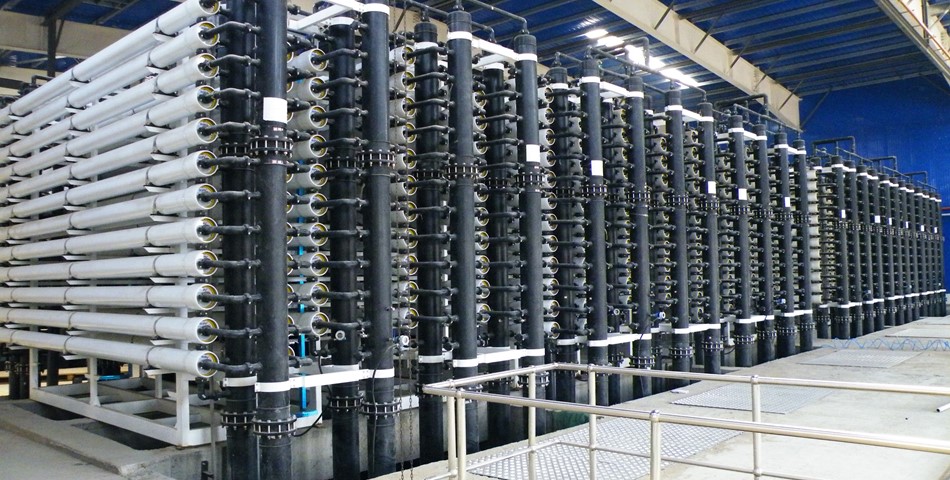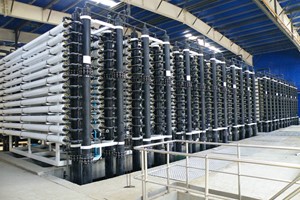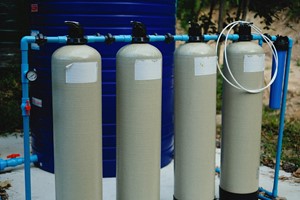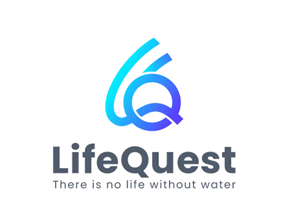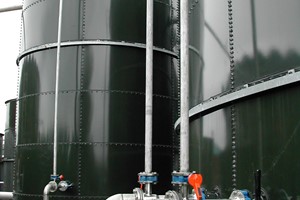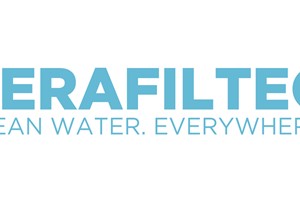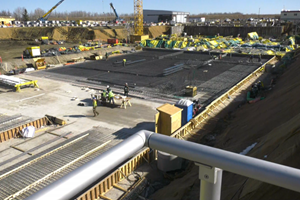Although water seems to be abundant on our planet, the availability of fresh water is fast becoming an issue. Membrane filtration has always held the potential of being able to provide ample fresh water from non-potable sources, be it surface water, seawater or even wastewater.
Seawater has found its way into use by large scale plants taking the seawater to a level without salinity being prepared via Ultrafiltration (UF) and Reverse Osmosis (RO) to be usable for human and industrial use.
Apart from seawater, the most abundant source of readily available water is from municipal or industrial discharges. Many health departments accept membrane treated water as being acceptable for non-potable use.
Advanced filtration membranes have finally provided the physical barrier necessary to reduce the inherent risk of human viruses being present in the effluent. In many cases, reuse has been practiced in several locations and several ways in the past decade:
Direct Reuse
At the moment there is only one location in the world that practices direct reuse of municipal effluent: the city of Windhoek in Namibia.
Indirect reuse
This technology is being practiced in several locations worldwide. Singapore has implemented a reuse program as part of its "Four National Taps" strategy. This strategy consists of water from local catchment, imported water, reclaimed water (known as NEWater) and desalinated water.
Through the use of dual barriers, wastewater is treated through UF and RO and mixed with fresh water supplies stored in reservoirs. In Belgium and the USA (especially California) treated effluent has been used to recharge aquifers.
Reuse for non-potable water
This seems to be the most popular use for treated wastewater given the lower risk of human contact.
Water Filtration: Three Case Studies
When using effluent from municipal wastewater treatment as a water source, the challenge is to separate the water from any particles in the first step, followed by the separation of salinity. Ultrafiltration is found to be very efficient in the first step, whereas RO is known to be able to take out the remaining salinity.
The most suitable technology to remove all suspended solids prior to the RO is to use ultrafiltration. With its pore size of 0.025 microns, only dissolved solids can pass the UF membrane. Ultrafiltration is an absolute barrier: the filtrate quality is constant, independent of the feed water quality.
This will guarantee stable performance of the RO system under all circumstances. Alternative technologies such as media filters will remove a percentage of the suspended solids in the feed stream (typically 90 - 95 percent). This means that with decreasing feed water quality the filtrate quality would decrease as well. The difference in filtration efficiency is demonstrated by the SDI (silt density index, the RO plugging factor): UF will guarantee a SDI of < 3, while conventional treatment will show a typical SDI of 4. The ultrafiltration membranes can be designed to handle high TSS levels.
However, inherent to the design of all UF membranes, the water losses will increase with increasing TSS levels. This is due to the fact that the UF system needs to be flushed to remove the suspended solids that have accumulated inside the UF system during operation.


Case 1: Aquaflex modules treating cooling water into boiler feed water
The demi-water system in a power plant in China, rated for 800 m /h, was built in 2008. Pentair provided X-Flow Aquaflex UF membranes for the upstream process unit of the RO unit. The minimum SDI required for successful operation of a spiral wound RO system is SDI3. It is obvious that a lower plugging factor (SDI 1.5) will improve RO performance.
The RO can be operated more economically since it requires less cleaning. The reduced cleaning frequency also helps increase the life expectancy of the RO membranes. Performance of the ultrafiltration system is indicated by the flux rate (expressed in liters per square meter per hour, lmh) and the transmembrane pressure (TMP, indicated in bar). The UF membrane was operated at a constant flux rate of 80 lmh.
This is a relatively high flux rate that ensures minimal investment (each membrane element of 40 m2 produces 3.2 m3/hr of filtrate) and low water losses due to membrane washing. The TMP remains below 0.8 bar at all times, with a typical value of 0.3 bar. At 0.3 bar TMP the specific energy consumption of the ultrafiltration process is 0.01 kW hr per m3 of water being produced (assuming 90 percent water efficiency). This is one to two order of magnitude smaller than the energy consumption of the downstream reverse osmosis process.
Case 2: Xiga membranes treating municipal wastewater
Contrary to the project discussed in Case 1, the next Water Reclamation Plant does not produce water for a single industrial customer. This project is executed by the Beijing Drainage Group in China. UF treated water will be used for industrial, agricultural and municipal applications.
Examples are: irrigation, filling up lakes and ponds, landscaping and supplying cooling water. Feed water to the reuse project is effluent from the municipal Qinghe Waste Water Treatment Plant. Requirements to the water do not dictate the use of a desalination step (RO or ion exchange).
The mineral content of the water is acceptable for the intended reuse applications. The reclamation plant can provide up to 320,000 m3/day of high grade purified water. This is distributed by a network of pipes dedicated to reclaimed effluent.
It is one of the largest of such projects in the world and part of the Beijing Government's overall strategy to reuse all waste water produced in the city. This project followed a demonstration plant that employed UF technology. In order to ensure security of supply and to improve the delivery time the overall project was separated into two individual ultrafiltration plants: one of 140,000 m3/day and one of 180,000 m3/day. GreenTech Water Engineering Co. Ltd. together with Pentair were selected to supply the largest UF plant.
This plant has a daily average capacity of 180,000 m3/day and a peak capacity of 250,000 m3/day. The UF plant consists of 12 individual UF skids. These skids are grouped in four groups of three units, each group with its own feed set: feed pumps and feed strainers. This ensures redundancy in systems lay out and full operational flexibility. Flow control is established by a combination of feed flow control to the individual UF units and by switching one or more UF units off line (in case of low demand). The cleaning equipment (backwashing system and chemical dosing) is common to all UF skids.
Case 3: MBR treating municipal wastewater
At the Palm Jumeirah Crescent, Membrane Bioreactor technology was applied to treat the increased amount of wastewater from the growing number of residents and hotels at this artificial island in front of Dubai City.
For this project, the water is treated from straight wastewater into clean effluent, with a high water quality suitable for irrigation purposes. The capacity of this plant is planned to reach 17,000 m /day when full design is reached.
This plant is a combination of biological treatment in order to reduce the fouling material in the wastewater into neutral components with the help of bacteria and by filtering this mixture of clean water and bacteria eventually the effluent will get a high quality without particles and/or bacterial matter. In order to enable the filtration of biomass, another size of filtration is used with respect of the configuration of the membranes.
Ultrafiltration is the denomination of filter size, the filters itself are larger in diameter, 5.2 mm ID, and can handle a mixed liquid of up to 15 g/l biomass. In order to keep the filtration going, the dead end principle applied in the previous cases is abandoned and a slight recirculation of biomass is applied. Using a continuous air scour the membranes are kept clean and filtration is continuous-only stopping for seconds to pulse back some of the filtrate, keeping the membranes open. With the same pore size as is used in the previous cases, the effluent quality is very similar as well. With a solids level of < 1 ppm and a SDI of under 3, the water can be further upgraded if required. However in this case the salinity is very limited and no further treatment steps are applied.




